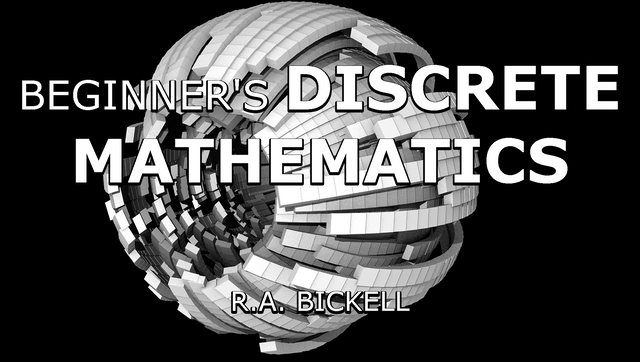
Summary: Most of today's computer science is structured from discrete mathematics. This is a student guide on discrete mathematics. Feel free to contact me if you would like to add to this topic.
Main article: Game Development Guide
Introduction to Discrete Mathematics
What is Discrete Mathematics?
First, it is discrete meaning that it is distinct and should not be confused with discreet which more along the lines means secret or private.
Now that we got that out of the way...
Forming a base for computer science, discrete mathematics provides logical reasoning in dealing with finite numbers and sets. It allows the translation of English statements to mathematical functions that machines can analyze. Here is the table of contents on topics that I will be covering as a student.
Topics
Logic
1 Propositions and Logical Operations
2 Compound Propositions
3 Conditional Statements
4 Logical Equivalences
5 Predicates and Quantifiers
6 Quantified Statements
Boolean Algebra
1 Boolean Algebra
2 Boolean Functions
3 DNF and CNF
4 Functional Completeness
Set Theory
1 Sets and Subsets
2 Sets of Sets
3 Union and Intersections
4 More Set Operations
5 Set Identities
6 Cartesian Products
Indexed Structures
1 Sequences
2 Recurrence Relations
3 Summation
4 Matrix Operations
5 Index Structure Fundamentals
Number Theory
1 The Division Algorithm
2 Modular Arithmetic
3 Prime Factorization
4 Number Representation
Combinatorics
1 Sum and Product Rules
2 Generalized Product Rules
3 Counting Permutations
4 Counting Subsets
5 Counting by Compliment
6 Inclusion-Exclusion Principle
Functions
1 Defining of Functions
2 Floor and Ceiling Functions
3 Properties of Functions
4 Inverse of a Function
5 Composition of Functions
Reasoning
1 De Morgan’s Law for Quantified Statements
2 Nested Quantifiers
3 More Nested Quantified Structures
4 Laws of Propositional Logic
5 Logical Reasoning
6 Rules of Inference with Propositions